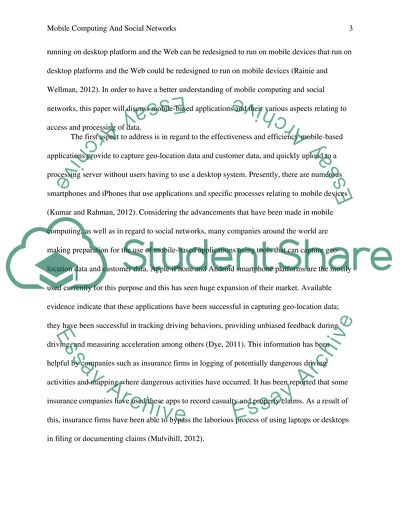Cite this document
(“Mobile Computing and Social Networks Term Paper”, n.d.)
Mobile Computing and Social Networks Term Paper. Retrieved from https://studentshare.org/information-technology/1482852-term-paper-mobile-computing-and-social-networks
Mobile Computing and Social Networks Term Paper. Retrieved from https://studentshare.org/information-technology/1482852-term-paper-mobile-computing-and-social-networks
(Mobile Computing and Social Networks Term Paper)
Mobile Computing and Social Networks Term Paper. https://studentshare.org/information-technology/1482852-term-paper-mobile-computing-and-social-networks.
Mobile Computing and Social Networks Term Paper. https://studentshare.org/information-technology/1482852-term-paper-mobile-computing-and-social-networks.
“Mobile Computing and Social Networks Term Paper”, n.d. https://studentshare.org/information-technology/1482852-term-paper-mobile-computing-and-social-networks.


